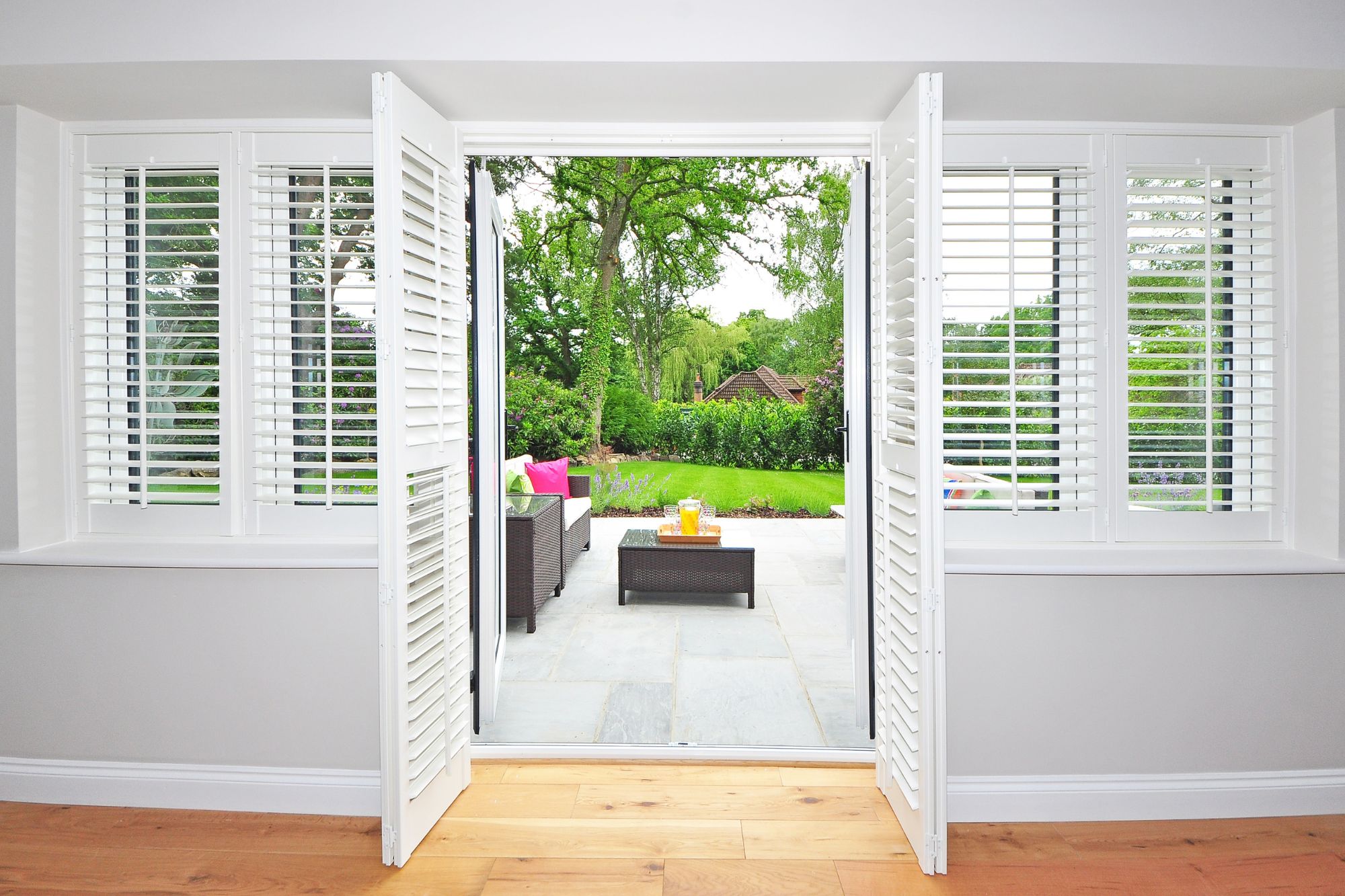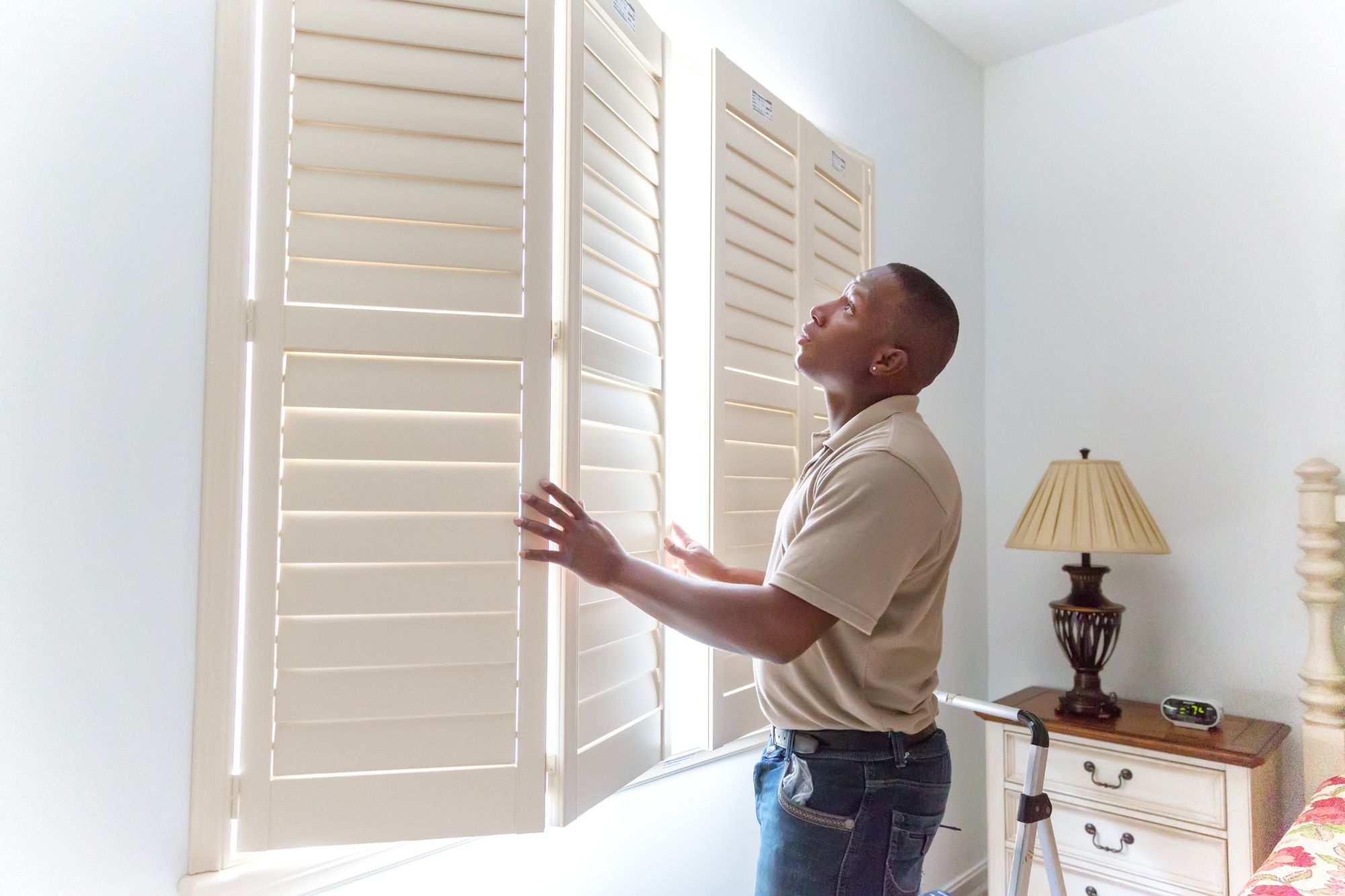Most of us rarely think about how our home’s hot water tank actually works. Electric storage hot water systems power more than half of Australian households, yet we often take these vital fixtures for granted.
Your electric hot water system quietly serves you for 10 to 15 years, though few people understand its inner workings. Understanding how your water heater functions can lead to smarter maintenance decisions and better efficiency, whether you use a traditional storage tank or a modern instantaneous system.
Let’s explore everything in hot water systems in this piece. We’ll break down storage tanks, heating elements, control systems, and energy sources. The different types of hot water storage tanks and their operation will help you choose the perfect system that matches your needs.
The Heart of Your Hot Water System: Storage Tanks Explained
A storage tank sits at the heart of most hot water systems—it’s your home’s reservoir of heated water. These tanks do more than just hold water. They keep it at your desired temperature until you tap into it. The way these tanks work helps homeowners make better maintenance decisions and improve their system’s performance.
How storage tanks maintain water temperature
Storage tanks use advanced insulation to keep water hot for long periods. A well-laid-out tank can keep hot water temperatures between 24 and 72 hours, based on its design. Most home tanks use a 10-20 cm thick layer of polyurethane foam or mineral wool for insulation.
The sort of thing I love about water storage is how hot water naturally rises above cold water due to density differences. This process, called thermal stratification, helps tanks work better. The tanks then develop temperature layers with the hottest water (up to 90-95°C) at the top and coolest water (20-40°C) at the bottom. You should leave this natural layering undisturbed during use to keep the right temperature.
Different tank materials and their benefits
Tank material greatly affects durability, performance, and maintenance needs:
- Stainless steel tanks: These tanks resist corrosion well and are maintenance-free. They don’t just need sacrificial anodes and usually come with warranties up to 12 years. They cost more upfront but are 100% recyclable and can be 12-24% more energy-efficient than minimum standards.
- Vitreous enamel (glass-lined) tanks: These mild steel tanks have a ceramic coating that protects against corrosion. You’ll need to replace their sacrificial anodes every 5-7 years. They cost less upfront but need more maintenance.
- Copper tanks: Water heats faster thanks to excellent heat conductivity. These tanks fight corrosion well but come at a premium. Their superior heat transfer makes them energy-efficient despite higher upfront costs.
Tank size considerations for your household
Picking the right tank size is vital—a small tank will run out of hot water too quickly, while a large one wastes energy by heating unused water. A family of four typically just needs an electric hot water tank of 125-160L for continuous systems or 250-315L for off-peak systems.
Your optimal size depends on several things: how many people live in your home, bathroom use patterns, and shower head efficiency. The energy source also matters—gas systems heat water faster than electric ones, so you might get away with smaller tanks.
Note that high-demand periods—like when multiple people shower back-to-back—create the biggest strain. Your tank size should handle these busy times rather than just average daily use.
Heating Elements and Burners: How Water Actually Gets Hot
Your hot water system’s unsung hero is the technology that turns cold water hot. Storage tanks just keep water warm, while heating elements and burners create heat through various mechanisms based on your system type.
Electric elements: Converting electricity to heat
Electric water heaters use heating elements—metal parts submerged in the water tank. These elements work through electrical resistance heating, as with a toaster. The element’s resistance wire (typically nichrome) creates heat that moves straight to the water when electric current passes through it.
Electric storage systems come with two heating elements and their own thermostats—one at the top and another at the tank’s bottom. These elements work one at a time. The upper element heats first and warms the top water section. Power moves to the lower element once the top reaches the right temperature. This setup gives you consistent hot water efficiently.
Gas burners: The combustion process
Gas hot water systems employ burners that create heat by igniting natural gas or LPG. The gas valve opens when you turn on a hot water tap. Gas mixes with oxygen in the burner, and either a pilot light (older models) or electronic ignition (newer models) starts combustion.
This chemical reaction happens naturally. To name just one example, see how methane (CH₄) mixes with oxygen to create carbon dioxide, water vapour, and heat energy. The burner design gets more heat and thus encourages more efficient water heating.
Heat exchangers in instantaneous systems
Heat exchangers are the foundations of instantaneous systems. These devices move heat between sources without mixing fluids. Cold water gets warm as it flows through the exchanger’s pipes or coils, taking heat from the gas burner or electric element.
Modern condensing systems often use two heat exchangers together. The main exchanger heats water directly, while the second one captures leftover heat from exhaust gases to improve efficiency by a lot. This design gives you endless hot water without storage.
Control Systems: Thermostats, Valves and Regulators
Your hot water system’s control systems act as its brain. They regulate temperature, manage pressure, and keep you safe. These components quietly do their job and play a vital role in your hot water tank’s consistent performance.
How thermostats monitor and maintain temperature
Different system types use different thermostat functions. Gas water heaters use a thermostat with a thermistor inside a copper tube that extends into the tank. This device creates a small electric current that changes with water temperature. The current signals the gas control to turn on or off based on these changes.
Electric systems work differently. They use mechanical bi-metal switches that press against the tank wall. The switches close and complete the circuit to the heating element when water gets too cold. The switch opens and cuts power once the water reaches the right temperature.
Electric water heaters larger than 20 gallons typically have two thermostats – upper and lower. These work in a “flip-flop” system. The upper thermostat leads the process by heating the top portion first, then switches power to heat the lower section.
Pressure relief valves and their safety function
Temperature and pressure relief (TPR) valves keep your system safe. They release water automatically if temperatures go above 200°F or pressure rises beyond 150 PSI. Your water heater could become dangerously over-pressurised without these valves and might rupture or explode.
Experts suggest you should replace these valves every 3-5 years. Watch out for warning signs like constant dripping, hissing sounds, or valves that don’t release water during testing.
Temperature regulators and anti-scald protection
Australian plumbing standards require hot water systems to deliver water below 50°C at personal hygiene fixtures. All the same, water storage must stay above 60°C to stop bacteria like Legionella from growing.
This temperature balance comes from:
- Tempering valves: Mix hot and cold water to lower delivery temperature
- Thermostatic mixing valves (TMVs): Keep temperature steady even when pressure changes
- Anti-scald devices: Stop water flow if temperature gets too high
Aged care or childcare facilities need extra safety measures. These places must limit water temperature to 45°C maximum to protect vulnerable people.
Energy Sources Compared: Powering Your Hot Water System
Your choice of energy source for a hot water system affects both running costs and environmental impact. Let’s get into how different power sources work in these essential home systems.
Electric hot water systems: Operation and efficiency
Electric systems heat water in storage tanks using resistance elements. Water heating makes up 15-30% of a home’s energy use and creates up to 25% of greenhouse gas emissions in Australian homes. Half of Australian households use electric storage systems, which are the cheapest to buy and install.
Standard electric systems might not be the most energy-efficient, but they can save money when used with off-peak tariffs or home solar panels. Electric systems could become more budget-friendly as electricity prices drop with the grid’s increasing renewable energy.
Gas systems: Natural gas vs LPG considerations
Homes with mains gas connections find natural gas cheaper than LPG when comparing unit energy costs. Natural gas has higher methane content (80-90%) and burns at lower temperatures than LPG, which gives it more energy per unit volume.
LPG, which blends butane and propane, burns hotter and heats more efficiently. Natural gas needs existing infrastructure, but LPG cylinder delivery reaches most Australian areas.
Gas appliances work with either natural gas or LPG, but not both. Some Australian regions also limit new natural gas connections as they try to reduce emissions.
Renewable options: Solar and heat pump technology
Solar hot water systems capture heat from sunlight using collectors instead of photovoltaic panels. These systems need a storage tank and backup heating element for cloudy days. Switching to solar hot water could cut your water heating energy use by 65%.
Heat pump systems employ refrigeration principles to extract warmth from surrounding air. They use 60-75% less electricity than regular electric systems. The technology matches reverse-cycle air conditioners but focuses on heating water.
Heat pumps work great with rooftop solar PV systems. You can use extra daytime solar power to heat your water.
Final Thoughts
Knowledge about hot water systems helps you make smart choices about upkeep and improvements. This piece explores everything in keeping our showers hot and taps running warm.
Storage tanks made from stainless steel, vitreous enamel, or copper work as reliable hot water reservoirs. Heating elements or burners work together with advanced control systems to maintain safe and steady water temperatures. Your choice between electric, gas, or renewable energy sources affects running costs and environmental footprint by a lot.
After dissecting these systems, I see renewable technologies shaping the future of hot water heating. Heat pumps and solar systems are a great way to get energy savings and reduce environmental impact. Traditional systems still rule Australian homes, but new technologies promise to improve efficiency at lower operating costs.
Note that your system’s life and efficiency depend on regular maintenance. Simple tasks like annual pressure relief valve checks and temperature monitoring prevent repairs from getting pricey. These steps keep your system running smoothly for years.



